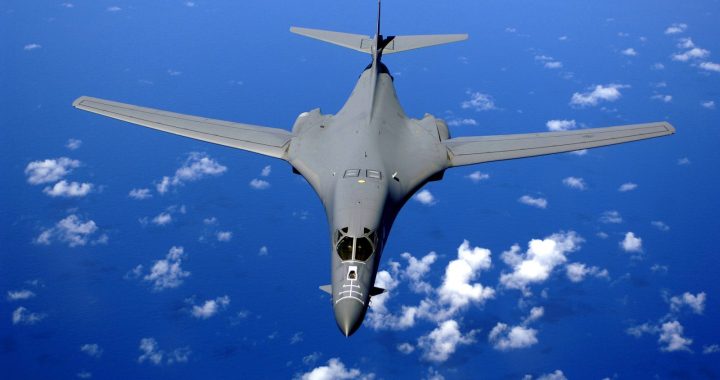Amazing facts about Rockwell B-1 Lancer
The Rockwell B-1 Lancer, a supersonic with variable seep wing, is a heavy bomber that is used by the United States Air Force. The aircraft is nicknamed as The Bone and is the part of the US Air Force’s three strategic bombers as of 2019. The other two of these strategic bombers are the B-21 … Continue reading Amazing facts about Rockwell B-1 Lancer
0 Comments
